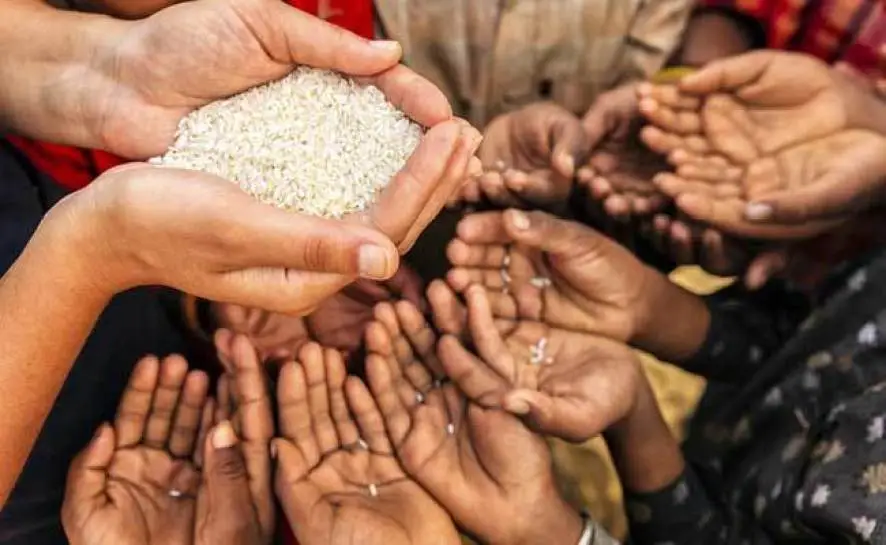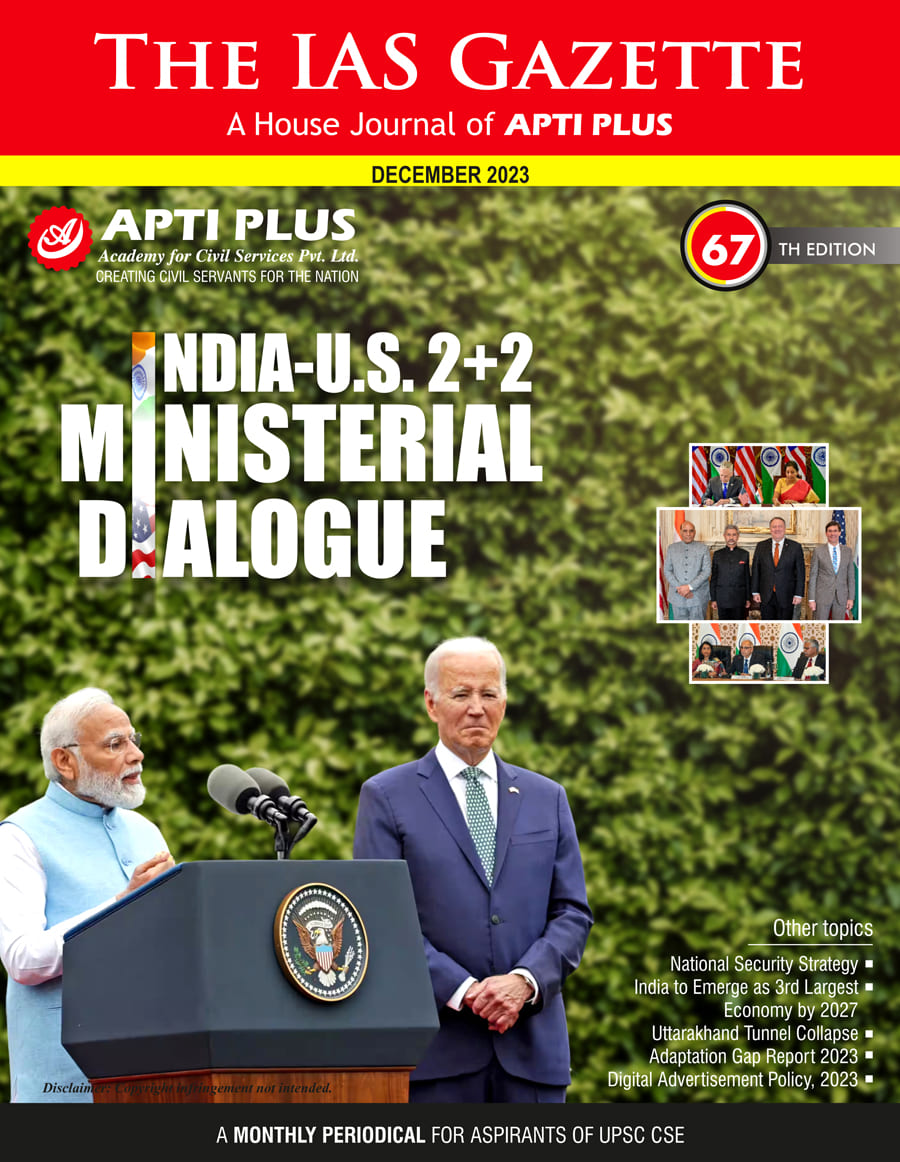Description

Copyright infringement not intended
Picture Courtesy: www.inewsguyana.com
Context: The report from the Food and Agriculture Organization of the United Nations (FAO) sheds light on the state of food security and nutrition in the Asia Pacific region, focusing particularly on India, Pakistan, and Bangladesh.
Key Highlights of the Report
- The Food and Agriculture Organization (FAO) of the United Nations recently released a report titled "Regional Overview of Food Security and Nutrition 2023: Statistics and Trends," painting a concerning picture of food access and nutritional well-being in India and the broader Asia Pacific region.
Food Affordability
- Over 74% of Indians struggled to afford a healthy diet in 2021, demonstrating a significant portion of the population remains vulnerable to rising food costs. The slight decrease compared to 2020 (76.2%) offers a glimmer of hope, but the overall figure remains alarming.
- Rising income inequality and inflation further exacerbate the affordability issue, creating a vicious cycle of poverty and malnutrition.
Undernourishment
- 6% of India's population suffers from undernourishment, translating to economic and social burdens. This statistic underlines the need for robust social safety nets, targeted interventions, and improved access to nutritious food.
- Addressing undernourishment requires focusing on maternal health and nutrition, promoting diverse and healthy diets, and tackling poverty.

Food Insecurity
- While the region's prevalence of food insecurity is lower than the global average, disparities exist. Southern Asia faces higher rates compared to Eastern Asia, highlighting the need for regionalized approaches to food security.
- Persistent hunger and food insecurity threaten human development and stability, requiring urgent action to strengthen food systems and improve access.
Child Health
- 7% of Indian children under five suffer from stunting, reflecting inadequate maternal health and nutrition, poor feeding practices, and repeated infections.
- The high rate of wasting (18.7%) and overweight (2.8%) further underscores the need for comprehensive child health programs and improved nutritional education.
- Addressing these challenges requires promoting early childhood development, advocating for exclusive breastfeeding, and providing access to diverse and healthy foods for children.
Maternal Health
- A staggering 53% of women in India aged 15-49 have anaemia, raising concerns about maternal and neonatal health. This prevalence indicates inadequate dietary intake of iron and other essential nutrients, highlighting the need for targeted interventions and improved access to iron-rich foods and supplements.
- Addressing anaemia requires promoting dietary diversification, improving access to healthcare, and empowering women to make informed choices about their health and nutrition.
Positive Developments
- The slight decrease in the food affordability gap, though small, offers a ray of hope and suggests targeted interventions could yield further improvements.
- India's progress in exclusive breastfeeding (63.7%) surpasses the global average and signifies commendable efforts in promoting early childhood nutrition.
Challenges and the Way Forward
- Rising food costs and stagnant incomes remain significant threats to food affordability and require multifaceted solutions, including income generation opportunities and price stabilization mechanisms.
- Addressing regional disparities in food insecurity demands tailor-made interventions for each subregion, considering their unique vulnerabilities and strengths.
- Tackling child malnutrition requires holistic approaches focusing on maternal health and nutrition, early childhood development, and improved access to diverse and healthy foods.
- Combating anaemia in women necessitates dietary diversification, improved access to healthcare, and empowering women to make informed choices about their health and nutrition.
|
Food and Agriculture Organization (FAO)
●The Food and Agriculture Organization (FAO) of the United Nations is a specialized agency that leads international efforts to defeat hunger.
●It was established on October 16, 1945, with the primary aim of addressing hunger issues globally.
●It consists of 195 members, including 194 countries and the European Union. The FAO's headquarters is situated in Rome, Italy.
●Its activities include providing technical assistance to countries, conducting research, collecting and analyzing data on agriculture and food security, and promoting sustainable agricultural practices.
●It collaborates with governments, NGOs, international organizations, and other stakeholders to develop policies and programs that enhance food security and promote sustainable agriculture worldwide.
|

Conclusion
- The FAO report highlights persistent challenges in food security, nutrition, and access to healthy diets in the Asia Pacific region, emphasizing the need for sustained efforts to meet global nutrition goals, especially in addressing the root causes of undernourishment, inadequate nutrition, and health risks faced by vulnerable populations, particularly women and children.
Must Read Articles:
Food Security in India: https://www.iasgyan.in/daily-current-affairs/food-security-in-india
|
PRACTICE QUESTION
Q. How does India address the complexities of food security amid its diverse agricultural landscape and growing population? What strategies are being implemented to ensure access to nutritious food for all? Are there specific challenges hindering effective food distribution and availability in various regions of India?
|











